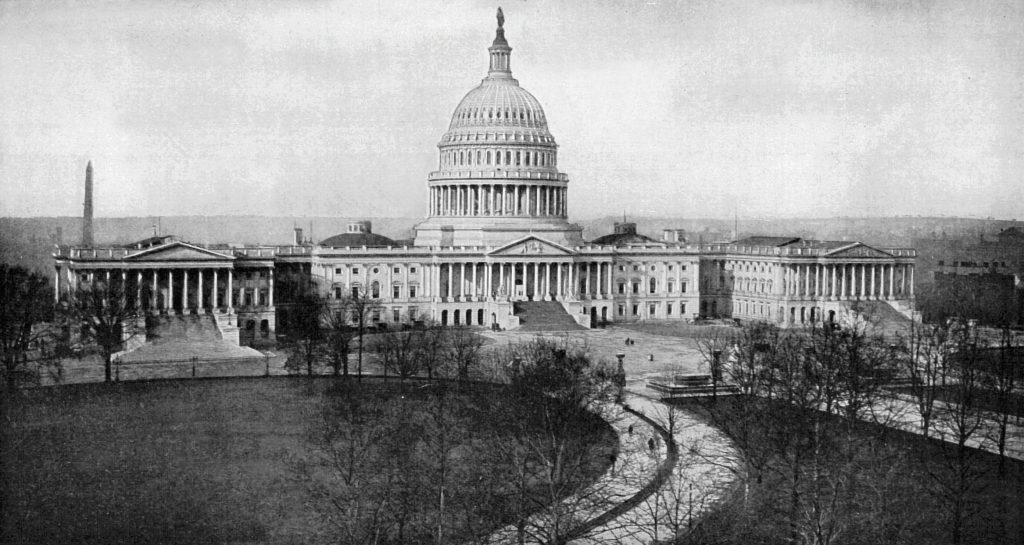The Homestead Act of 1862 was, no pun intended, landmark legislation that changed the course of our nation.
Professor Hannah Haksgaard, a Property and Family Law professor at the University of South Dakota, has researched and written about the impact of the Homestead Act. One of her white papers, Including Unmarried Women in the Homestead Act of 1862, provides an interesting perspective on this legislation.
She wrote, The Homestead Act of 1862—largely understood as the most important land distribution statute in American history—was a monumental shift in the legal status of unmarried women. The inclusion of women in this legislation was the result of decades of debate, discussion, and opposition. Approval finally came in the 36th Congress (1861-1863). These congressMEN (author’s emphasis) assumed that these unmarried women would attract single men and eventually marry. At that point, the land would become the property of their husbands. Problem solved.
In her research, Haksgaard examined Congressional Records from 1843 to 1863, and included excerpts from floor debates in her white paper. In 1852 Rep. John Allison of Pennsylvania proposed to amend a homestead bill to include women. “Allison’s proposal, after generating laughter, was soundly rejected.” The same response — laughter — happened in 1854 when Sen. William Dawson of Georgia suggested including women in a homestead bill.
Haksgaard wrote, In fact, some members of Congress found the mere suggestion of including unmarried women to be comical. I count five instances of laughter when legislators discussed including unmarried women.
Ultimately, these these legislators believed that women were not capable of homesteading.
In the end, Congress did include all men and all women who were “heads of households” in the 1862 legislation. President Abraham Lincoln signed the Homestead Act into law in May 1862.
But the joke was on the CongressMEN, when 37% of male homesteaders proved their claims, while 42% of women successfully proved their homestead claims.

